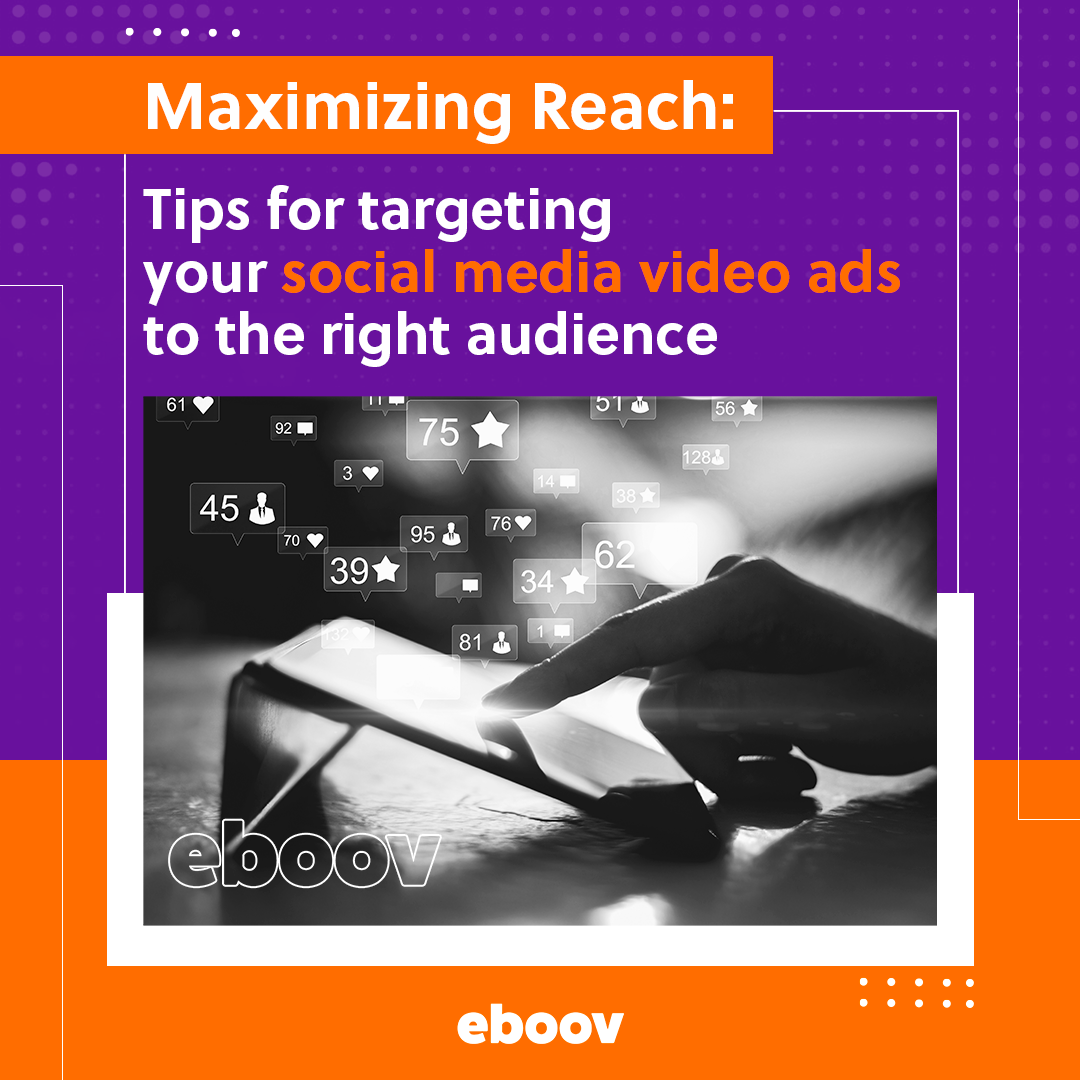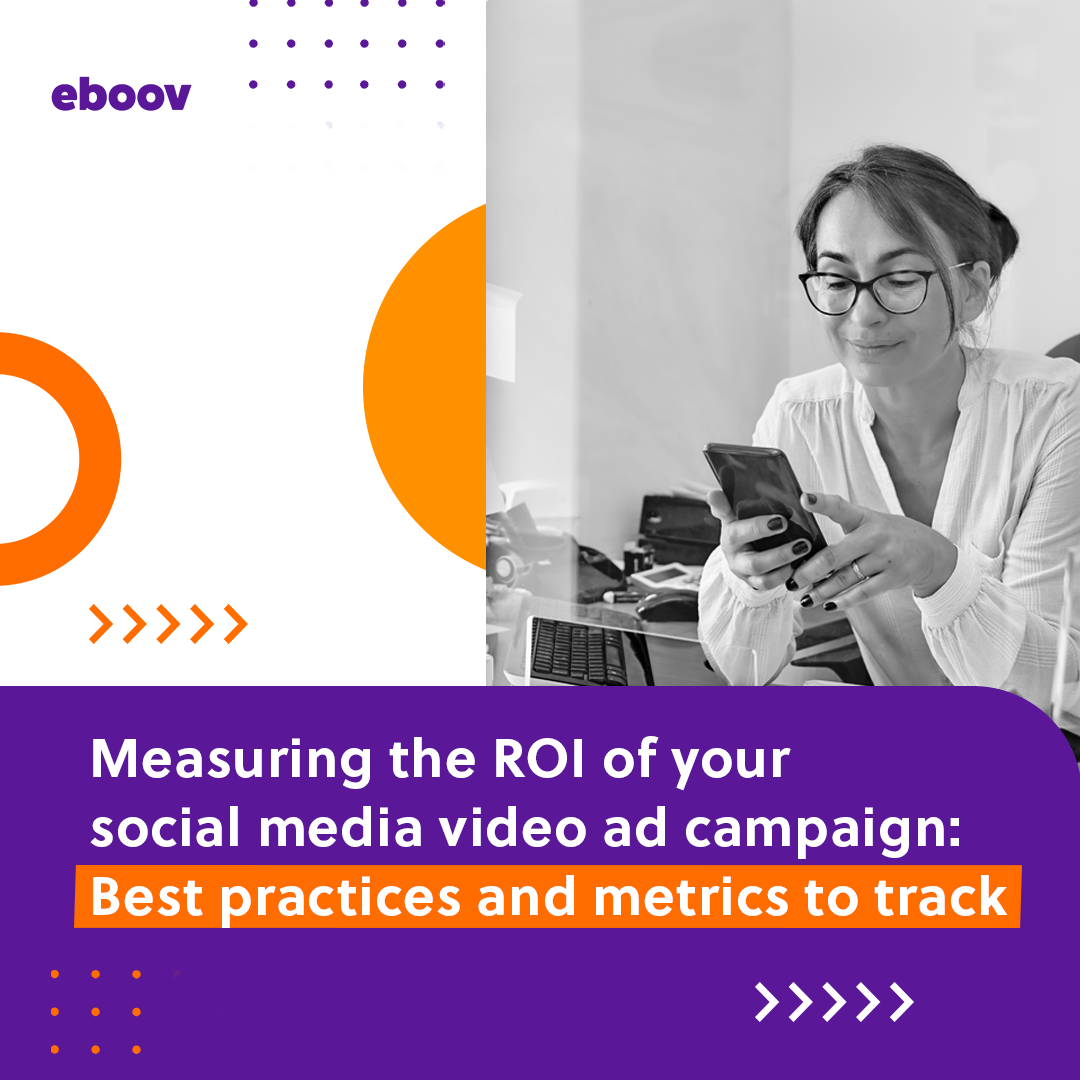
The stats don’t lie — video content is key to any successful marketing strategy.
Consumers are up to 85% more likely to buy a product after watching a video about it, and studies show that 54% of consumers want to see more video content from a brand or business they support.
But, if you plan to funnel a ton of extra energy and resources toward producing video content in order to support your brand, do so strategically.
There is not much point in creating hours of video content that doesn’t get you any closer to your end goal, which, for most of us, is more engagement leading to more sales, right?
As business owners, it’s always helpful to experiment, test, and trial different ideas in order to see what sticks. But, as you test different forms of video content, it is important to track which ones are performing well, and which ones aren’t.
Doing so can help you decide what to do more of, what to ditch, and even inform your future marketing decisions. Defining the rate of success you have with any given piece of video content depends on whether or not it supports the intended marketing goal of the video.
If you are attempting to raise brand awareness, then having a video go viral would be a major cause for celebration. However, if the goal of a piece of video content is to get a certain percentage of viewers to join your mailing list, and it doesn’t even come close, then you may need to go back to the drawing board.
There are tons of different metrics and analytics you can track with your video marketing efforts, but we would like to drill down on three of the most important ones: video impressions, average watch time, and click-through rate.
First though, let’s drop a quick overview on the difference between metrics and analytics.
What’s The Difference Between Metrics & Analytics?
In the simplest of terms, metrics are the actual data that you collect from videos, social media posts, email newsletters, etc. For the purpose of this blog, when we refer to metrics, we are speaking strictly to video metrics.
Analytics are the insights you draw from that data.
It provides meaning to the data you have collected over a determined period of time. Analytics help you make decisions, set goals, and inform future marketing strategies.
The Importance of Tracking Video Impressions
Impressions are different from views.
Views are counted whenever someone watches your video for more than three seconds on Facebook and Instagram, or 30 seconds on YouTube. Impressions are defined or described as the number of opportunities your audience had to click play on your video.
It does not track any form of engagement (i.e. views, clicks, etc.), simply the number of times it appeared on a user’s screen, like if they were scrolling through Facebook and saw it but didn’t necessarily stop.
How Tracking Impressions Can Help Inform Your Marketing Strategy
Tracking impressions can help you to validate your content marketing strategy.
Essentially, they help you in determining how many eyes are getting the opportunity to see your campaign. So, whether they click on it or not, it will still tell you how many times it is being displayed.
If you are not getting a ton of video impressions, that could be telling you that the way in which you are trying to reach your audience could use some work, and that the thumbnail, headline, and subtext of your video are not engaging enough.
If you have lots of impressions but hardly any views, perhaps you need to reassess the subject matter vs. the audience.
Average Watch Time and Why It Matters
So, we mentioned earlier that a ‘view’ is counted anytime someone watches your video for three seconds or more.
In fact, Facebook pays quite close attention to three-second videos. The stats are a little bit dated, but the platform analyzed video consumption data in 2016 and determined that 45% of viewers who watch the first three seconds of a video will continue watching it for at least 30 seconds.
Interesting, right?
Watch time is actually considered the most important metric if you want to rank well on Google or Youtube. And it makes sense, the higher the percentage of viewers watching most or all of your video, the more likely your video is to rank higher in the all-powerful algorithms.
How Tracking Watch Time Can Influence Your Marketing Strategy
It’s no surprise that viewers, and social media users in general, have a pretty short attention span these days.
So, in tracking your watch time analytics, you can determine the optimal video length and the type of content which appears to be causing viewers to click away from your content. Ideally, you want to create video content that is short and sweet, yet still packed with valuable content.
The higher the percentage of viewers who watch your entire video, the more you should be replicating that type of content!
Click-through Rate (CTR): What Is It and Why It Matters
Click-through rates measure how many times your viewers were engaged and interested enough to follow through on your call to action/whatever you wanted them to do after watching the content.
When you measure your CTR, you measure the number of viewers who followed through to the next step on your video (i.e., sign up for your newsletter, check out a product page on your website, etc.).
While watch-time metrics are very valuable, your click-through rate is kind of like the creme-de-la-creme of video analytics, because it shows you the ultimate performance level of your content. It gets them one step closer to becoming a paying customer or client!
How Tracking Your Click-Through Rate Can Influence Your Marketing Strategy
Since click-through rates measure both the overall presentation of your video and the effectiveness of your call-to-action, it is a great benchmark for setting goals and tweaking your marketing strategy.
If you are getting lots of impressions, lots of views, and lots of viewers watching your video all the way through, but your CTR is low — that is an indicator that perhaps your call-to-action could use some work.
Click-through rates are also quite unique to each brand, and the best benchmark to measure if anything is better than your channel or brand average.
So, if you typically have a 6% CTR, and one particular piece of content helps you achieve an 8-10% CTR, then you know you are on to something!
Protect Your Videos & Take Advantage of In-Video Conversions With eboov
Get access to all of the most important video analytics and enjoy more leads and faster sales with eboov. As a premium video hosting service, eboov is the ideal platform for business owners and entrepreneurs looking to host ad-free videos that are (DRM) protected. Watch the demo today!






